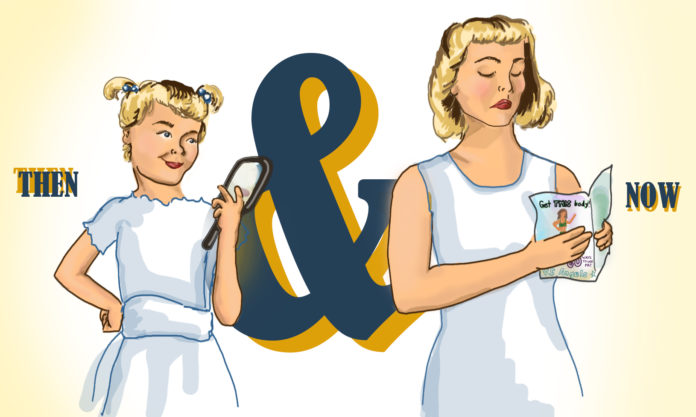About 13 years ago, Dove sparked the movement for positive body image with its Campaign for Real Beauty, a series of ads showing that women don’t need Photoshop to be beautiful. This movement has since continued with more and more companies refusing to Photoshop images of models. Statistics show that Photoshopped body images make many young men and women feel bad about themselves, as approximately 91 percent of women are unhappy with their bodies. Although this movement is great, we believe that all companies should prohibit images altering a model’s body shape.
Starting Monday, the stock photo website Getty Images banned all “creative content depicting models whose body shapes have been retouched to make them look thinner or larger.” This rule also applies to its sister website iStock. Getty told the Today Show that the move is a part of the company’s push to make its creative photo library more inclusive of all bodies and appearances.
Getty isn’t the only major company to ban digitally retouched images that change a model’s natural body shape. Modcloth, Seventeen Magazine, Aerie and Darling Magazine all encourage natural beauty and natural body shape, just to name a few.
Because Getty is a major stock photo website, this is revolutionary. Getty is seeing a trend in consumers desiring more “authentic” photos, so they are giving customers what they want. However, the body positive mission isn’t complete with just Getty’s big step. More companies should follow in Getty’s footsteps and ban images that have been re-touched to make any body part look larger or smaller. Getty is just a part of the beginning of this movement. Although Getty, along with others, have made the step to ban these altered images, many companies, such as French magazine Madame Figaro, still heavily edit photos of models.
According to the National Eating Disorder Association, one of the strongest risk factors for an eating disorder is perfectionism, setting unrealistically high expectations for oneself. Other contributing factors to developing an eating disorder include body image dissatisfaction, buying into the message of the socially defined “ideal body” and the size prejudice saying “thinner is better everywhere.” These factors result from magazines and companies Photoshopping images for publication.
According to DoSomething.org, only 5 percent of women possess bodies portrayed in the media, and media serves as a major factor for extreme dieting and eating disorders. That means that the majority of body images we see in various advertisements, media posts and published photos are unreal body types. A College Humor video even came out a few years ago to show a pizza slice being edited into a model, emphasizing that no image can be trusted. Why can’t people believe that and just not strive for an unreal body type? It’s not that easy.
Being exposed to something day in and day out begins to consume you. Also known as the mere exposure effect, people will develop a preference for the things they find familiar. Therefore, media images that surround us in every facet, especially with social media, are the preferred body image, even though it’s mostly all fake.
Boys use steroids to get that bulky, muscular, “Calvin Klein” body type while girls develop disordered eating habits to attain the thigh gap and flat stomach that models portray. Although there are so many campaigns, such as Dove’s, emphasizing the importance of loving the real you, it’s still hard to ignore the majority of images in the media that artificially slim bodies and smooth faces.
It’s quite sad that the year is 2017 and this movement by Getty is creating major headlines. As a society, we’ve made a habit out of changing appearance to “fit the norm” of beauty. Here’s a better idea–– as a society, let’s make a habit out of appreciating everyone’s beauty. Embrace it all, protruding bones or not, chiseled muscles or not, pear-shaped bottoms or not, stomach rolls or not. Let’s tell marketers that they can’t decide what beauty is, since beauty is in the eye of the beholder.






